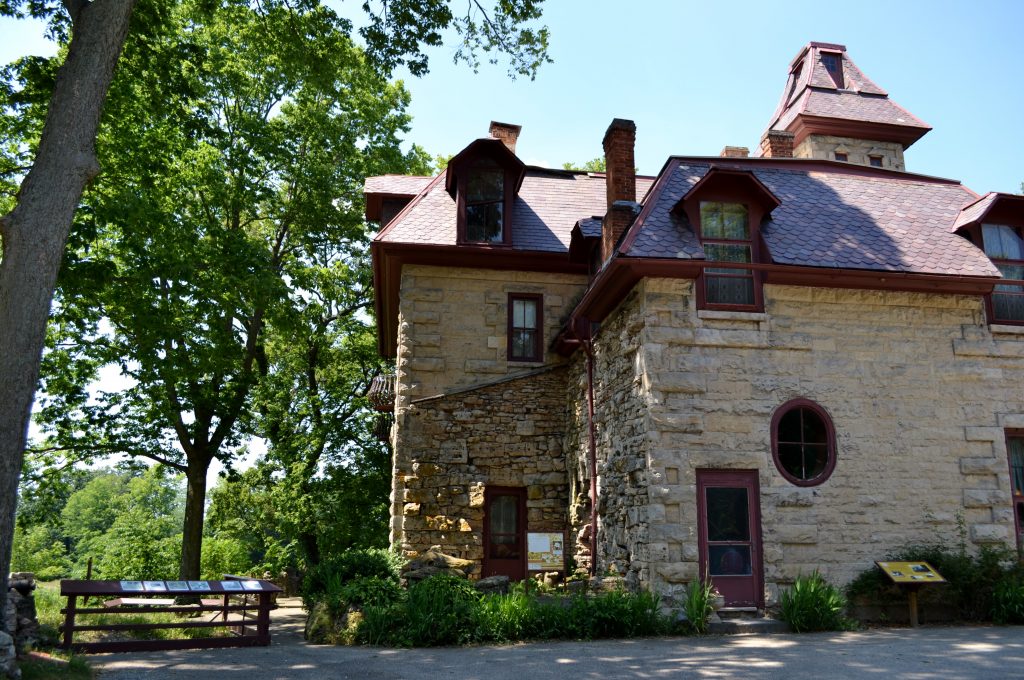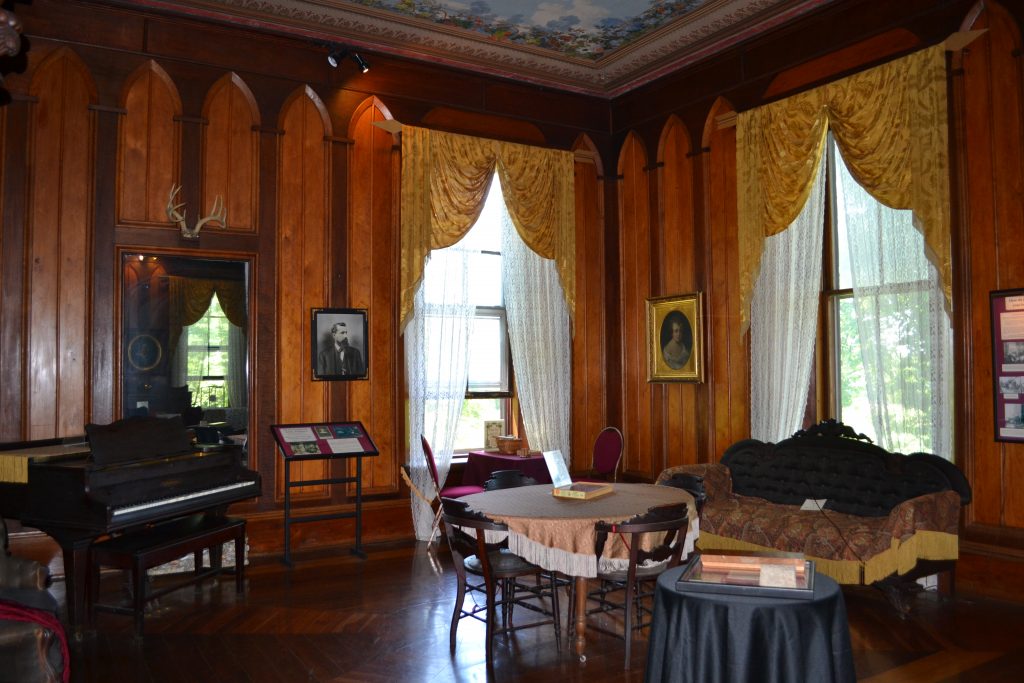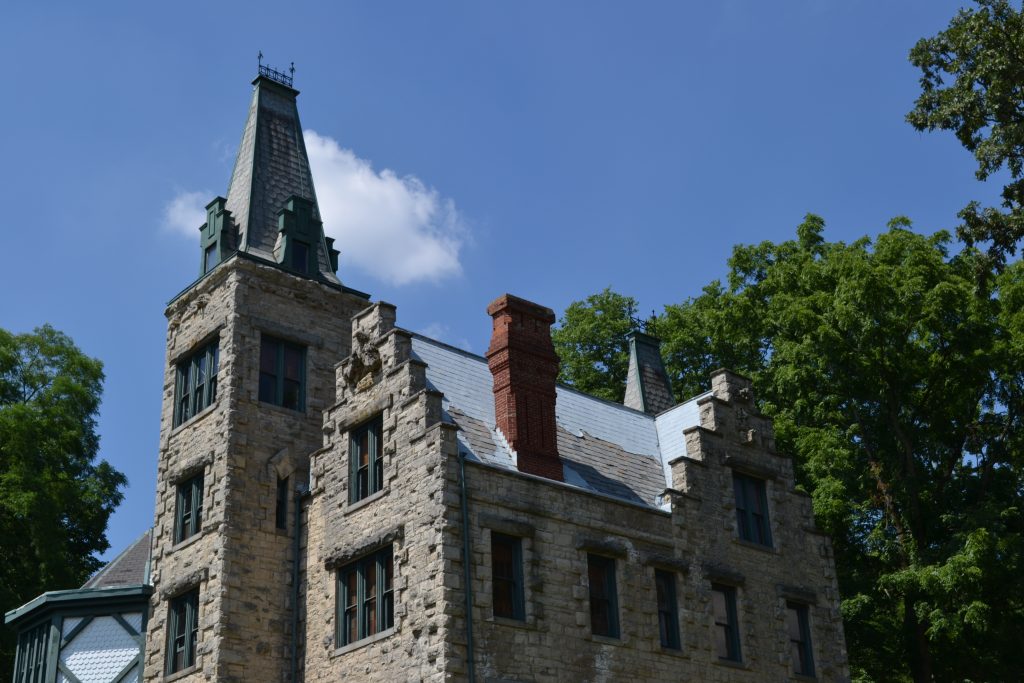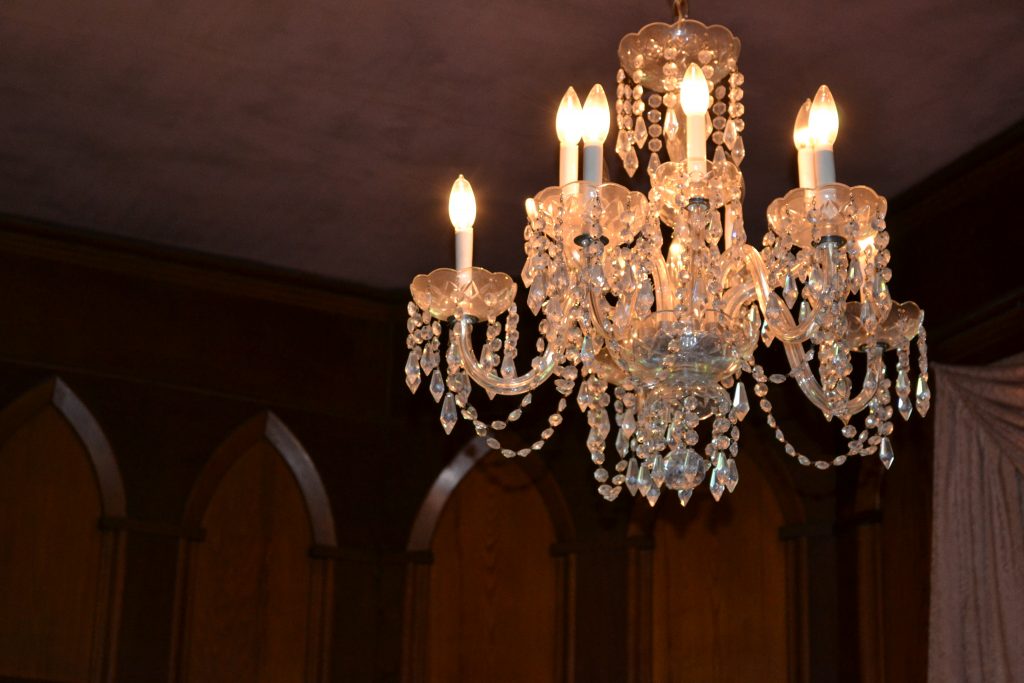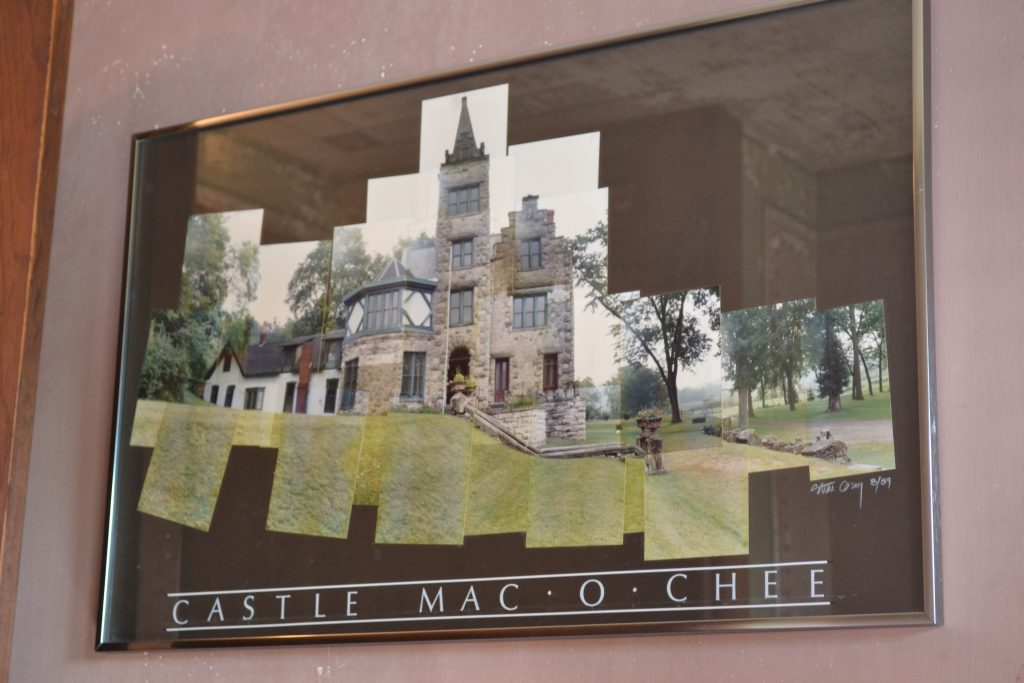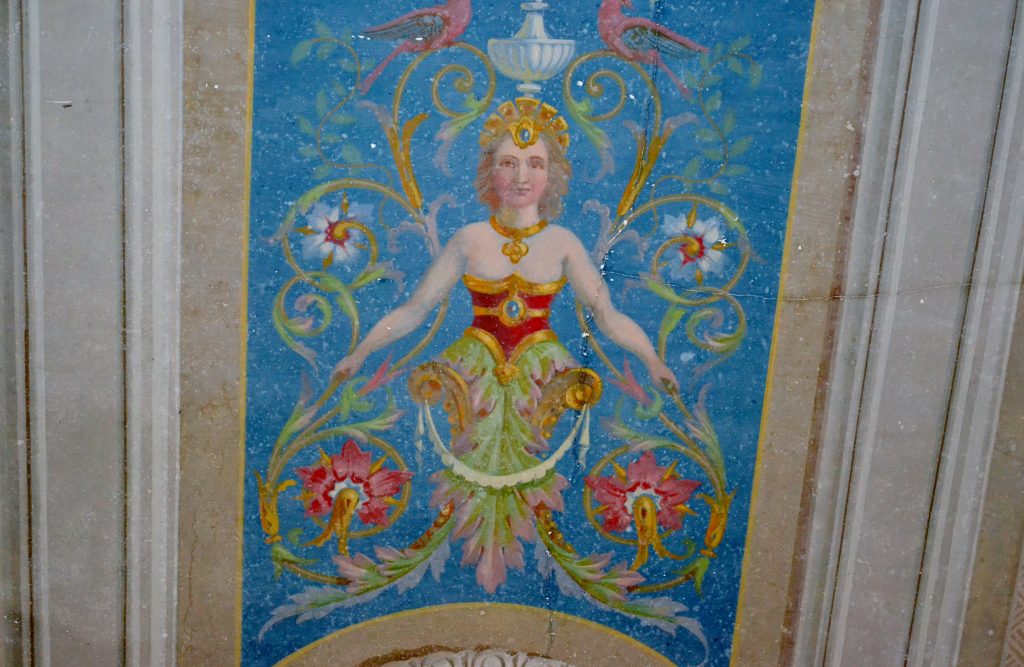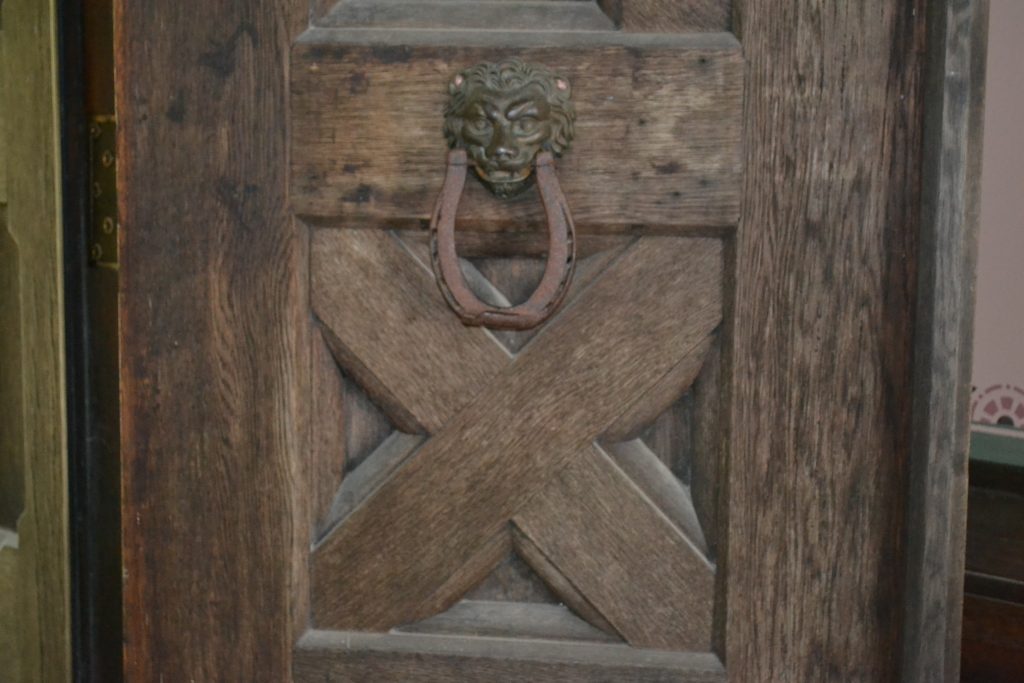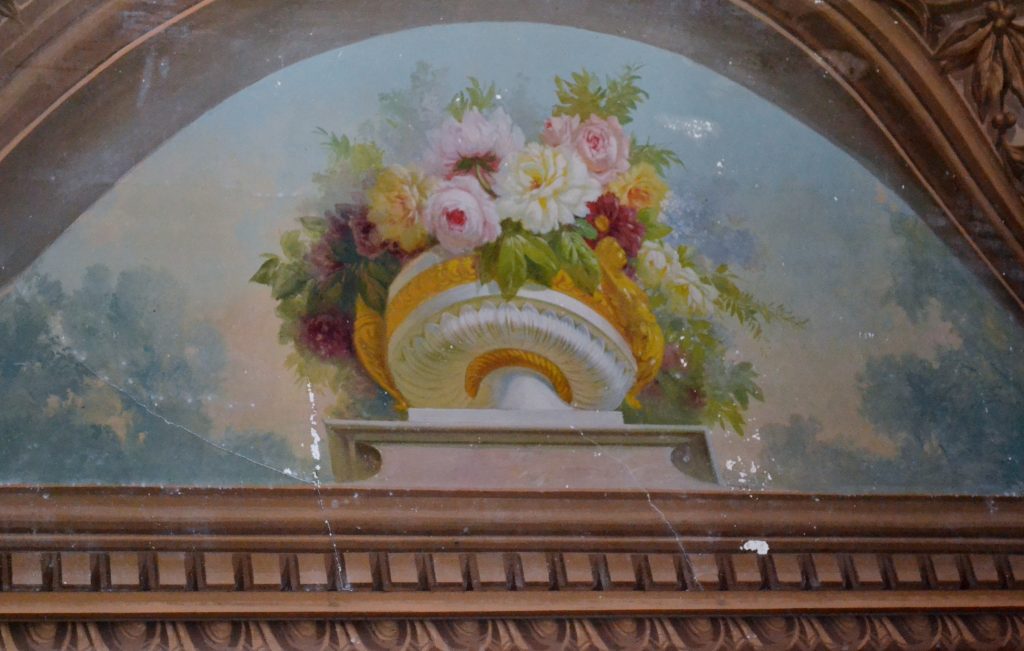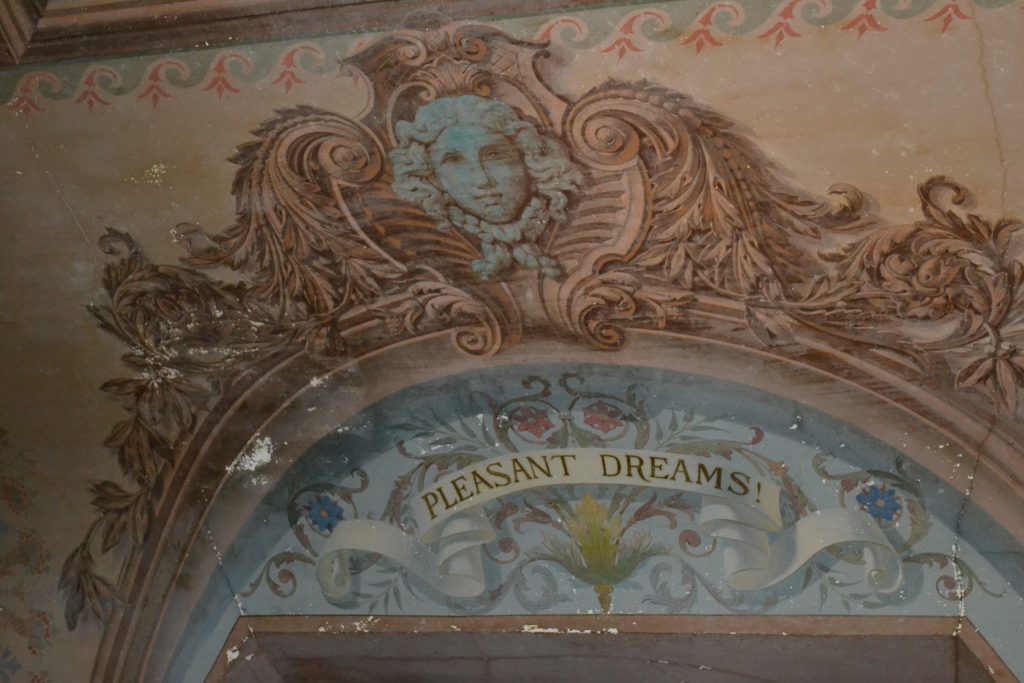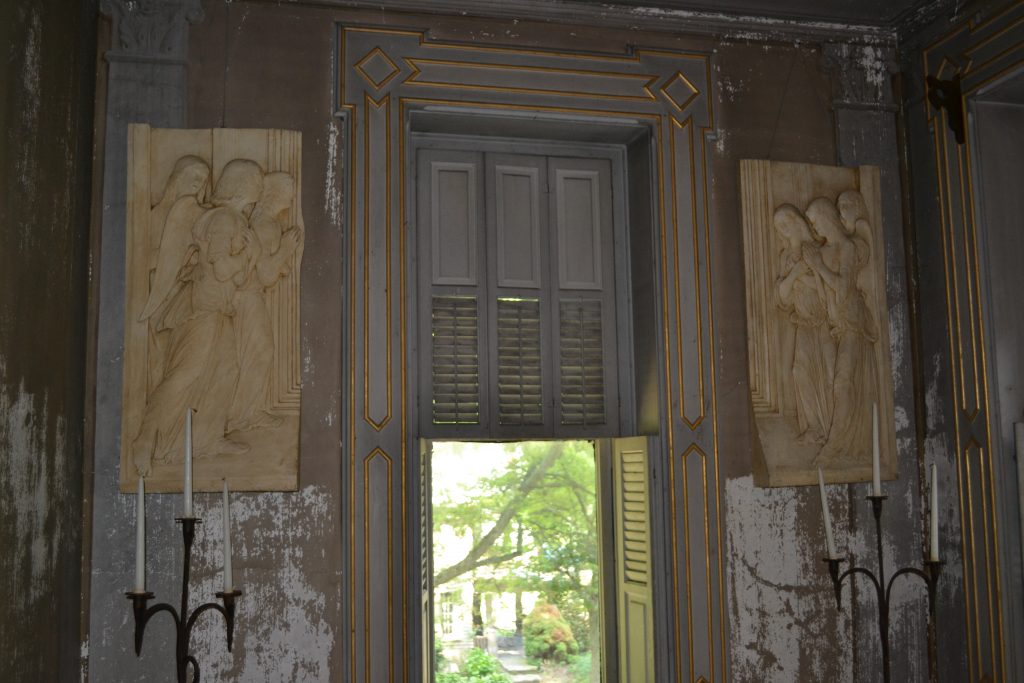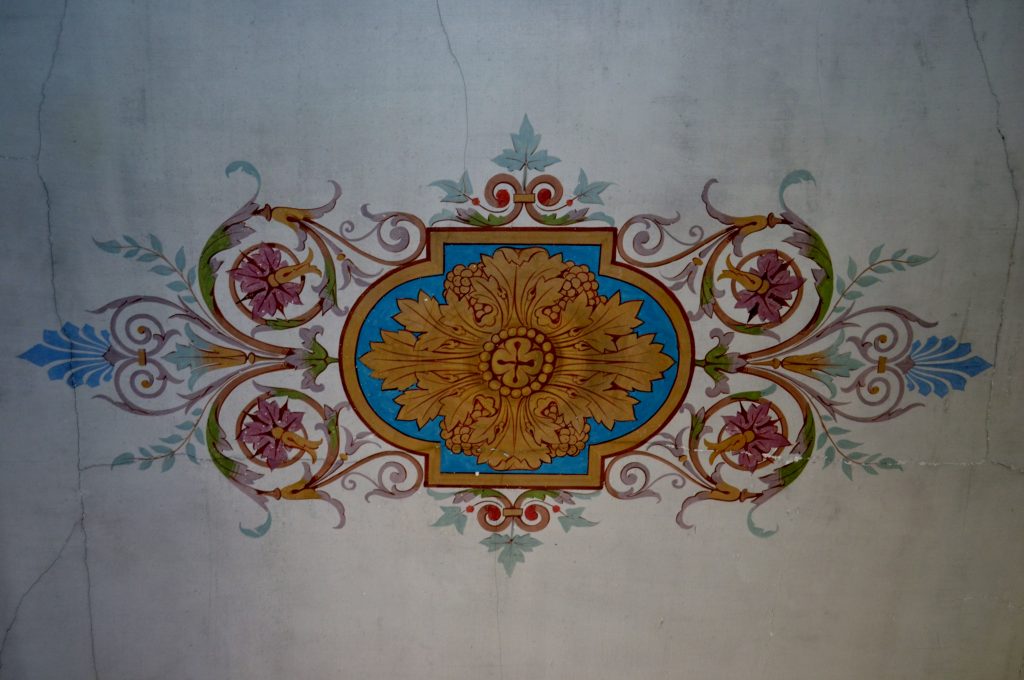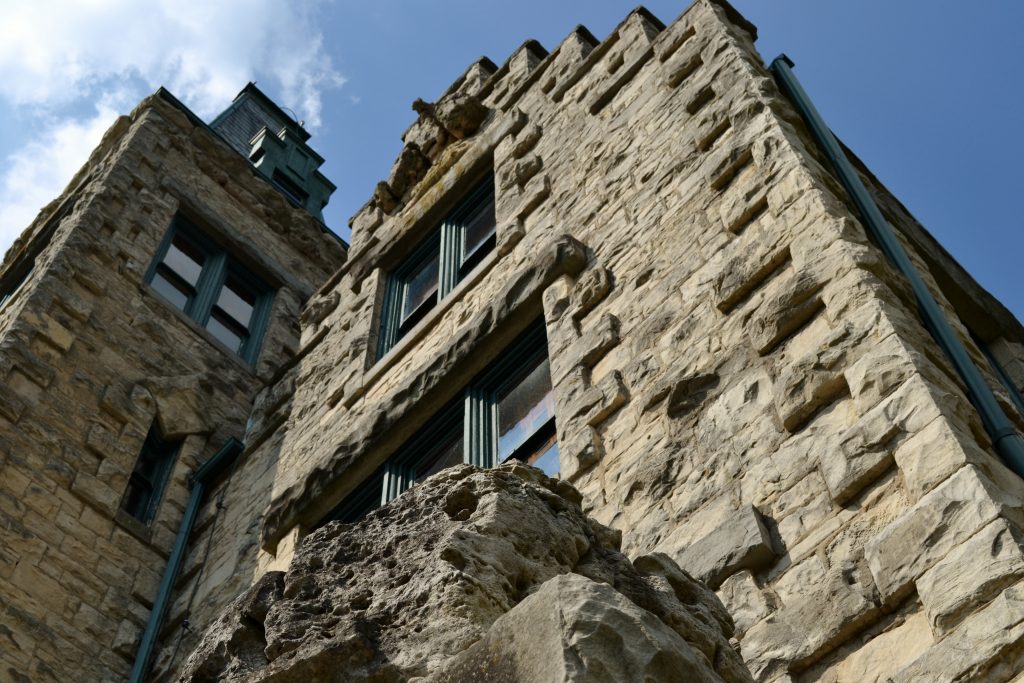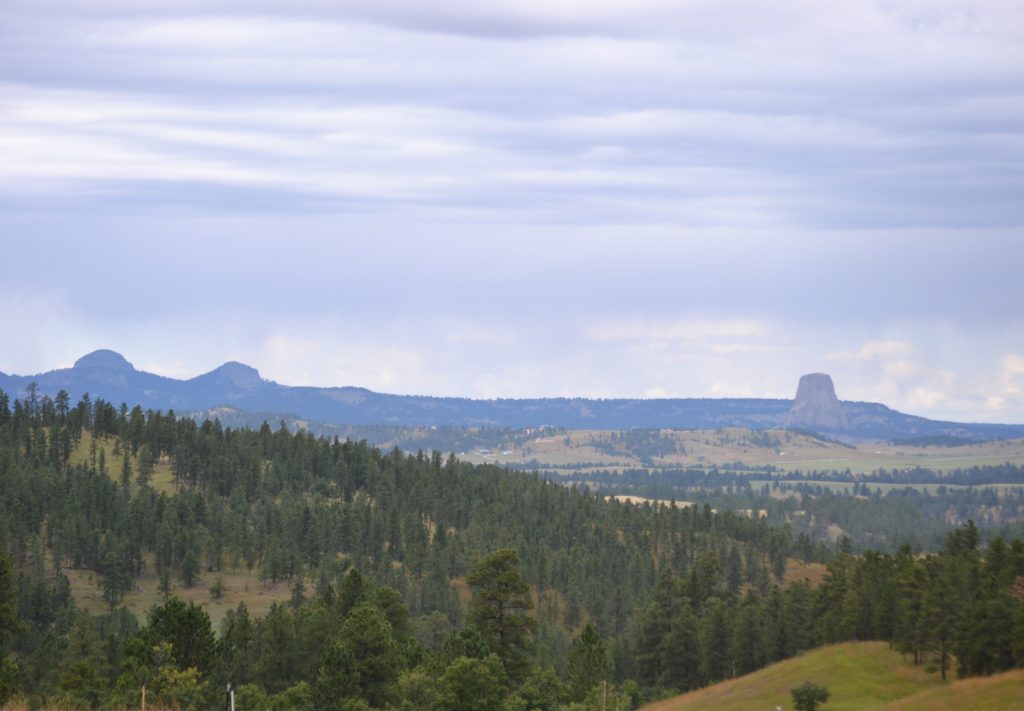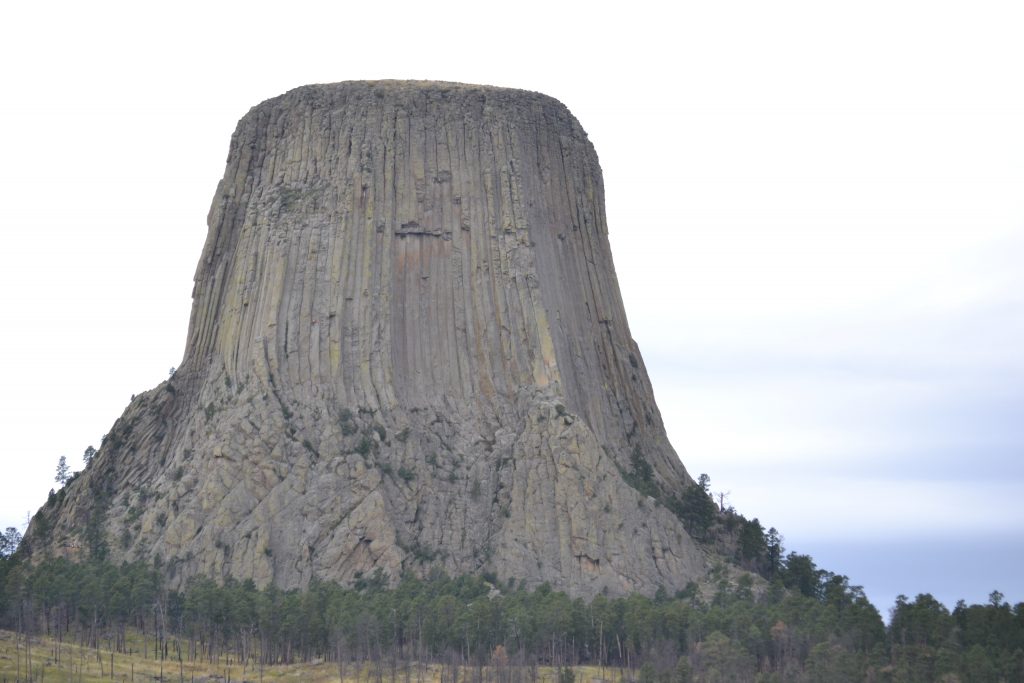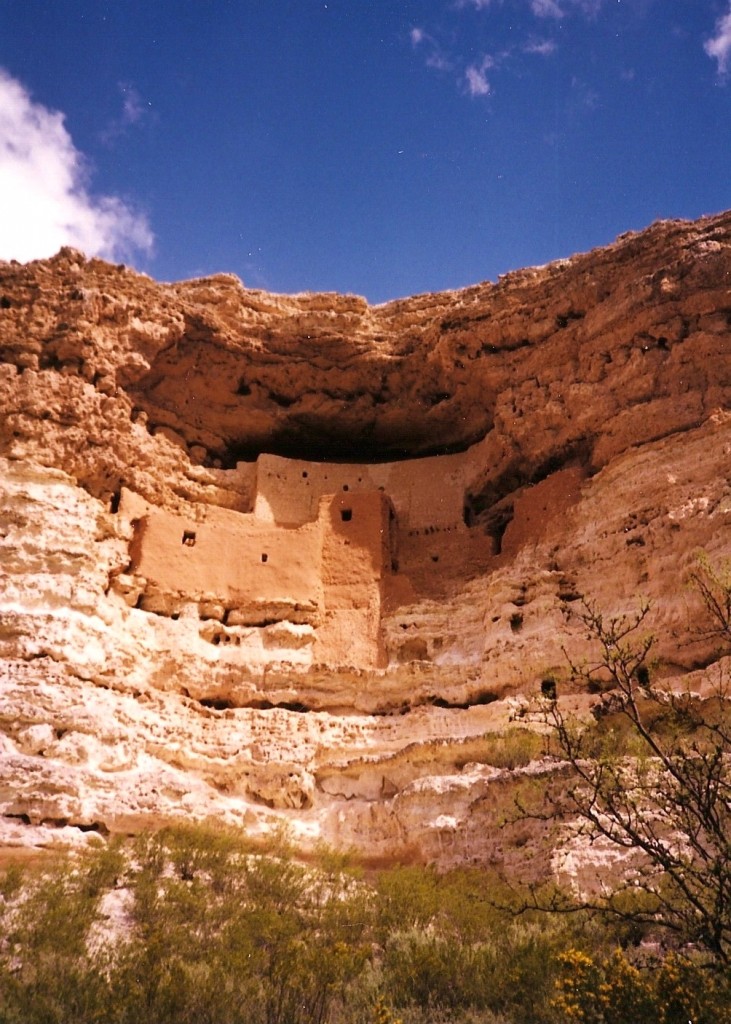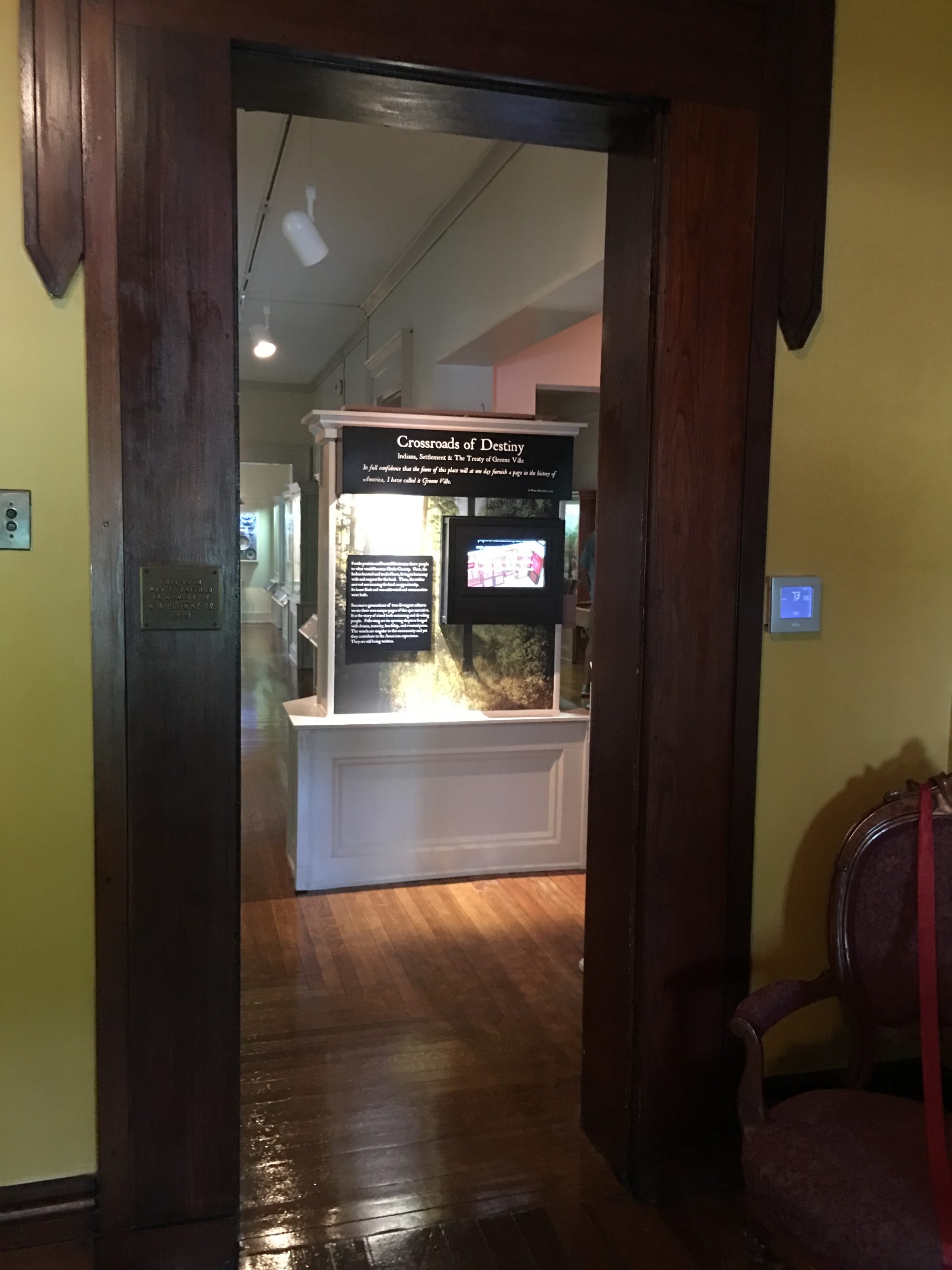
As I entered the Garst Museum, it was eerily quiet as I passed through the threshold of a beautifully restored campus house. A table stood in the entryway with several flyers and maps to assist me with touring the galleries. To the left I began my exploration of Greenville’s history titled “Crossroads of Destiny” and found several materials pertaining to this venue.
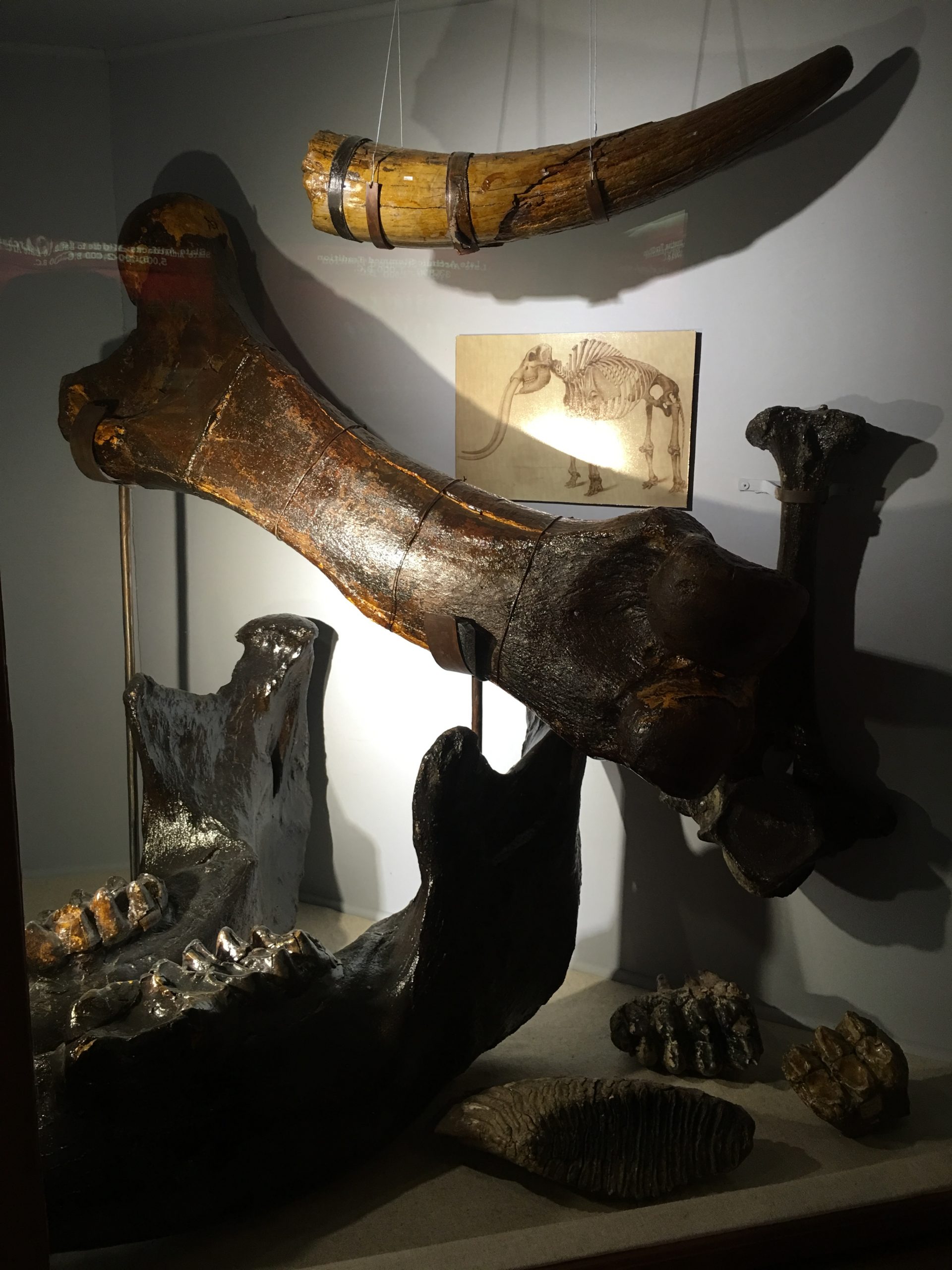
Starting with the Paleo period are remains of prehistoric animals that once roamed this area of Darke County. On display are several bones and teeth of a Mastodon and Wooly Mastodon which were hunted by the Paleo Indians between 6,000 and 13,000 BC.
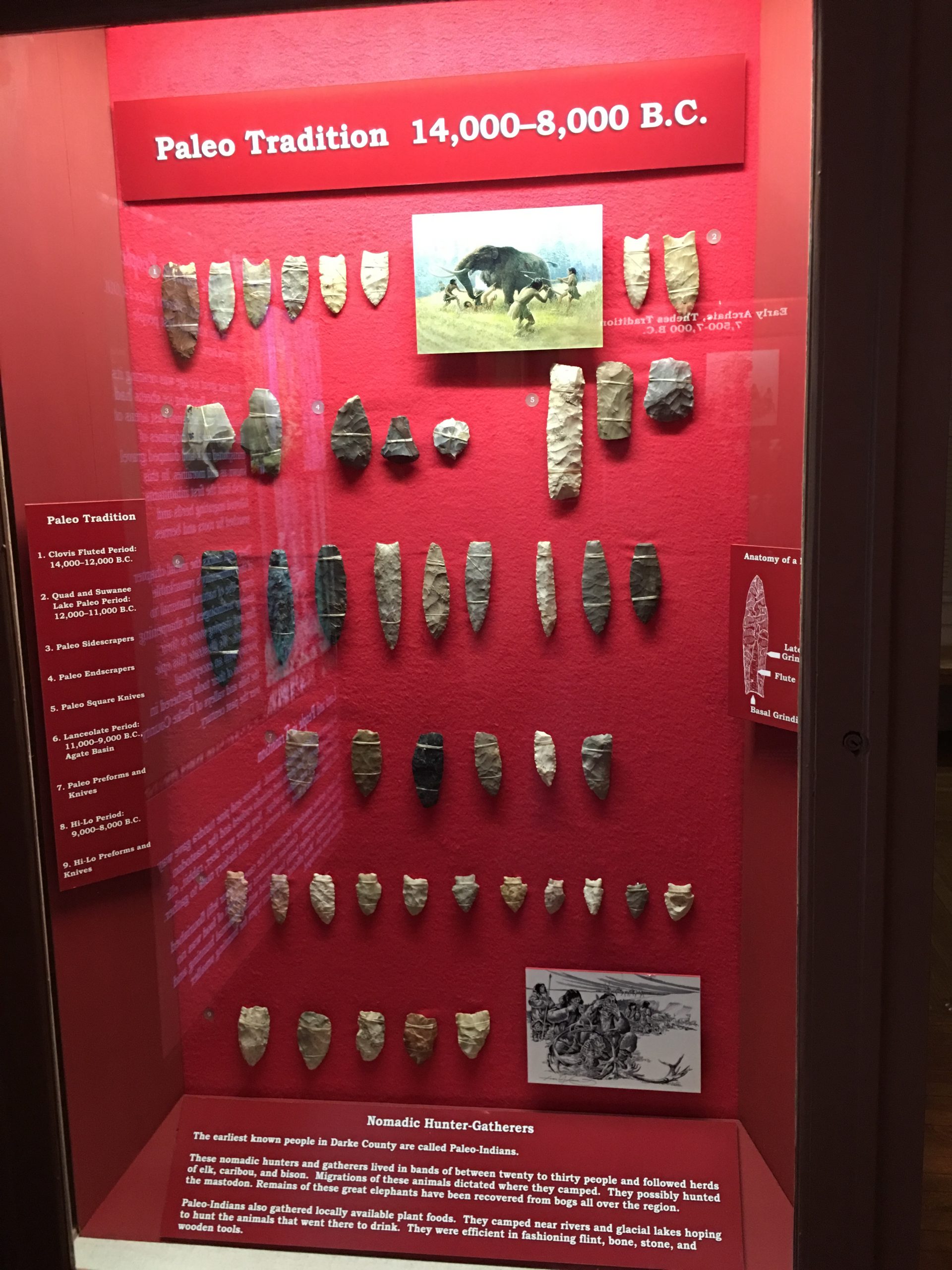
In addition to the animal finds are arrowheads dating back to the Paleo and Archaic Periods. Used for hunting and spearing fish, the Indians gradually improved their weapons and tools to include chisels and axes.
By the early 1600s, the English made their way to the New World and settled along the East Coast. In hopes of more opportunities, they began to move west, encroaching on Indian Territory. Fighting broke out between the Indians and the European Americans which eventually led to the 1795 Treaty of Green Ville. The “treaty of peace” included a cease fire between the Indians and Americans, provided compensation to the Indians in exchange for land that included two-thirds of southeast Ohio.
Additional treaties were signed and eventually the Indians were forced to settle in the West. At this point, Tecumseh, a Shawnee Indian from modern-day Columbus, Ohio was determined to fight against the loss of their land by the Americans, but his efforts failed. Eventually, Tecumseh joined the new Americans and fought in the War of 1812, where he died in October of 1813. The story of his life is depicted in an outdoor drama titled, “Tecumseh” which is performed during the summer months in Chillicothe, Ohio.
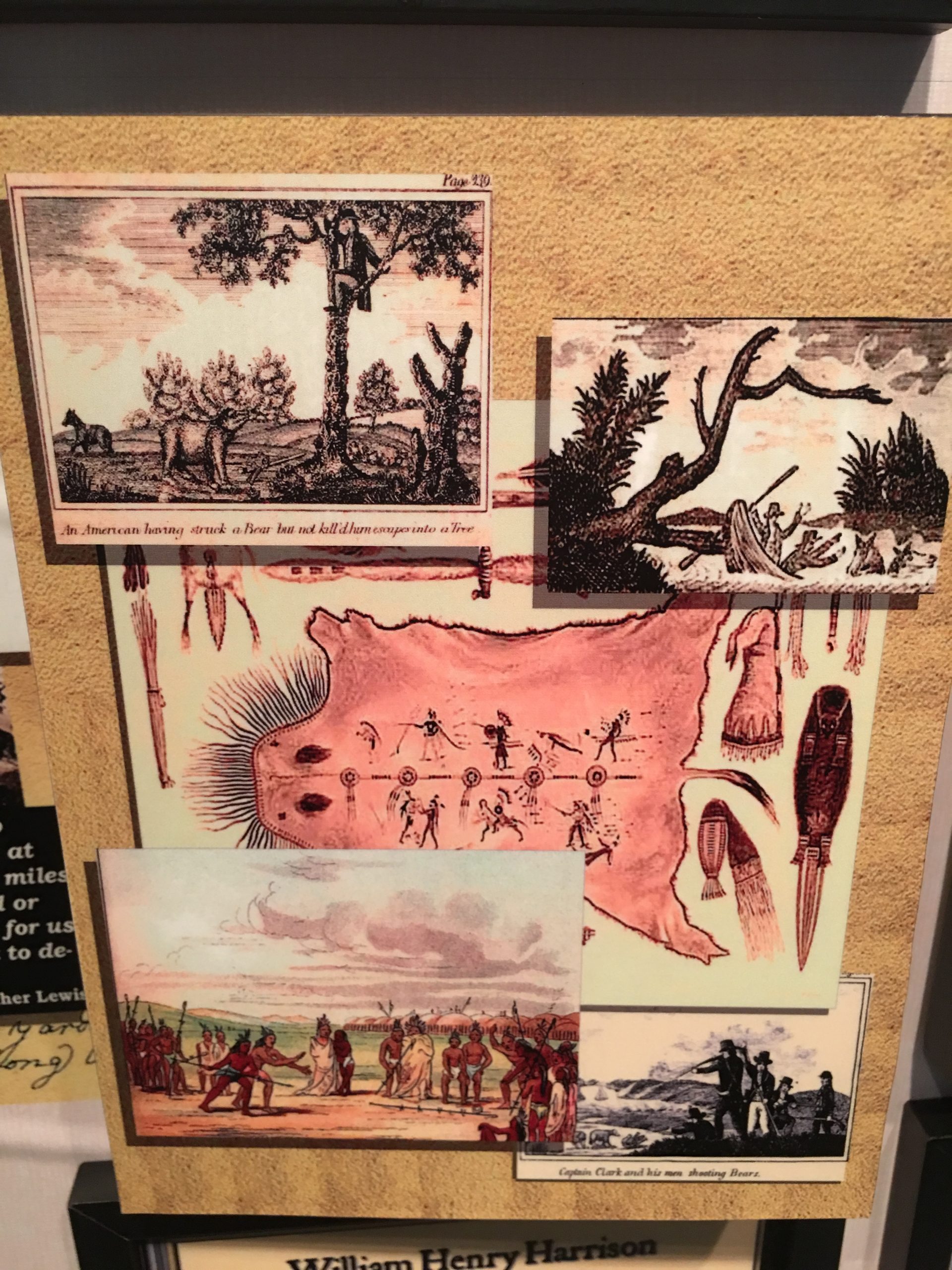
Growing up about an hour east of Greenville, I was familiar with the historic figures from the area such as Blue Jacket and Simon Kenton. Blue Jacket was a Shawnee War Chief who fought against American settlers who were in pursuit of the Indian’s land. He was defeated in 1794 during the Battle of Fallen Timbers which resulted in his signing the Treaty of Greenville in 1795, ceding to the settlers. Each year, the city of Xenia hosts performances of the outdoor drama ,”Blue Jacket” in a gorgeous, scenic amphitheater in remembrance of this local celebrity.
Simon Kenton was also a key figure as a frontiersman who was a friend of Daniel Boone. Kenton also fought alongside George Rogers Clark during the Revolution. Kenton was kidnapped by the Shawnee Indians on several occasions. Impressing the Shawnee by his ability to escape, he was eventually adopted by the Shawnee as they lived harmoniously in what is known today as Champaign County. He is buried in Urbana.
Today, Greenville is known for its farming of corn and soybean. Visitors can take a step back in time to visit Bear’s Mill, a working gristmill that sells freshly ground flour in their gift shop. Greenville’s Main Street is a great way to spend the afternoon with a visit to the Anna Bier Gallery displaying the artwork of local artists. My favorite stop is the KitchenAid experience to browse the latest KitchenAid mixers and gadgets for sale. In addition, the store houses a museum that shows the evolution of the KitchenAid mixer since 1941. The Merchant House is a highly recommended stop for lunch or dinner or venture to nearby Versailles for a local winery experience and its charming downtown.
From its humble beginnings to its modern day advancement in kitchen appliances, Greenville is an incredible historic stop and one of America’s greatest examples of Main Street, America.
Have you visited Greenville? What activities and restaurants did you decide to visit? I would love to hear about your experience if you would kindly leave a message in the comments section below. Many thanks for reading about my lovely afternoon in Greenville and wishing you many Happy Travels!
What to See and What to Do:
Garst Museum
205 North Broadway
Greenville, OH 45331
Telephone: 937 548 5250
- Admission: $12 for adults, $11 for seniors, $9 for youth, $9 for Darke County Genealogy Society Members, Free for children aged 5 and below and for DCHS Members
- Hours: Tuesday – Saturday from 10AM to 4PM & Sunday from 1PM to 4PM, Closed Mondays, Major Holidays and the Month of January
- Amenities: Historical exhibits, educational exhibits, research center, historic figures, museum store and special events
- Tips: Allow yourself plenty of time to visit each of the exhibits and wear comfortable shoes.
Where to Stay:
The Inn at Versailles
21 West Main Street
Versailles, OH 45380
Telephone: 937 526 3020
Where to Eat:
The Merchant House
406 South Broadway
Greenville, OH 45331
Telephone: 937 459 4405
Pig candy and the Monte Cristo sandwich….absolutely amazing!
Where to Drink:
Kennedy Vineyard
3911 State Route 722
New Madison, OH 45346
Telephone: 937 273 8381
What to Read:
- Annie Oakley, by Charles J. Shields
- Annie Oakley: A Captivating Guide to an American Sharpshooter Who Later Became a Wild West Folk Hero, by Captivating History
- Life and Legacy of Annie Oakley, by Glenda Riley
- step back into timw
- historical destination with over 300,000 artifacts on display over 35,000 square feet of exhibit space within six building wings
- Major Exhibit Venues include:
- Crossroads of Destiny: The story of General Anthony Wayne, Little Turtle
- Lowell Thomas – pioneer broadcaster
- Military History – 1812 to War in Iran
- Commander Zachary Landsdowne – Captain of the Navy Airship USS Shenandoah and early advocate of military air power
- Early Pioneers & Period American Furnishings
- Early Village Settlement Shops
- Currier & Ives Collection
- Darke County Research Center
